Moth orchids (Phalaenopsis) are some of the most popular houseplants in the world, and they are the orchid variety to grow if you’re new to keeping orchids. With long-lasting, showy flowers and undemanding nature, there’s so much to love about moth orchids. Unfortunately, once orchids stop flowering, many plant keepers end up tossing their moth orchids in the trash because they aren’t sure how to produce more blooms.
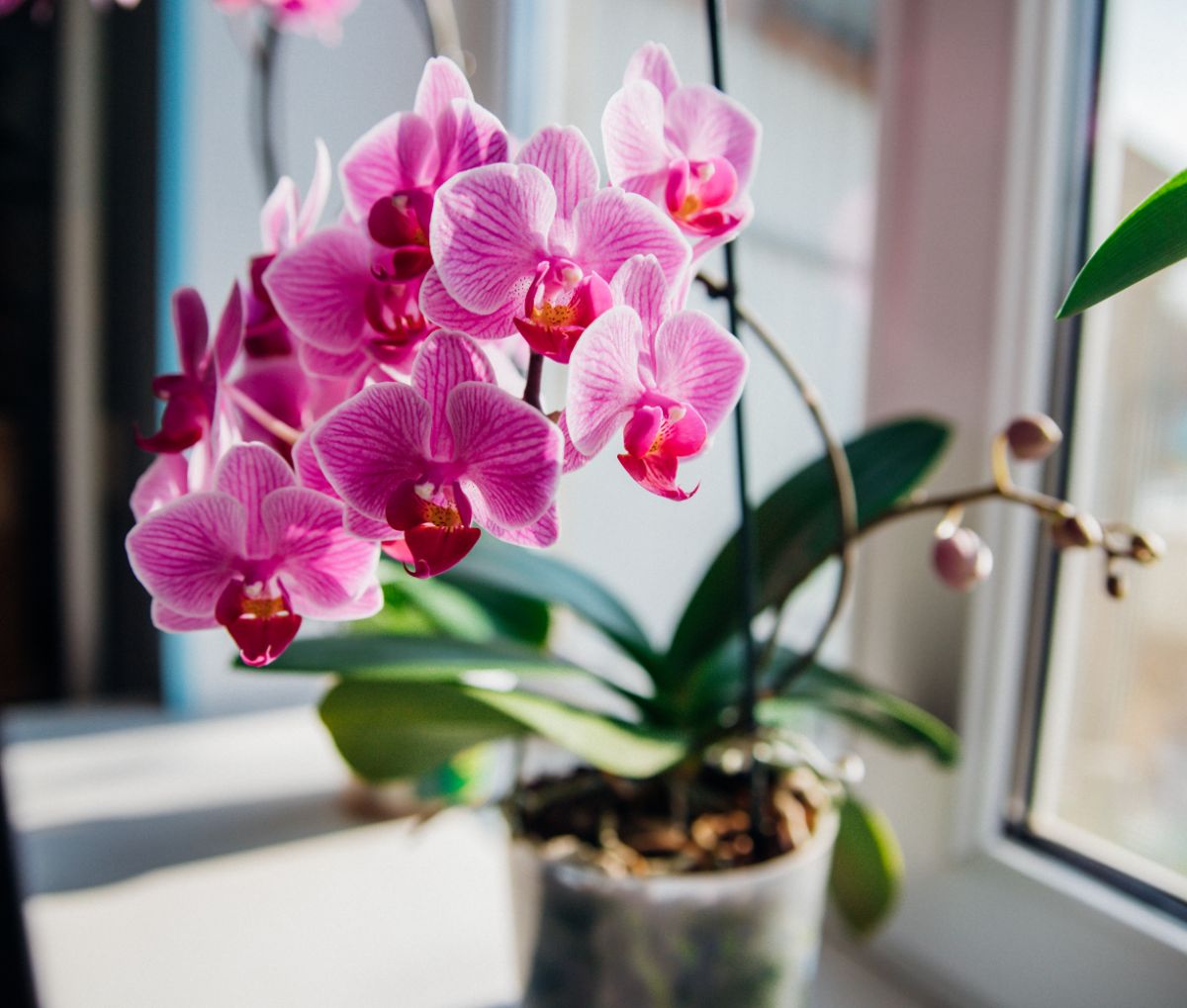
Well, we’re here to help! Just because an orchid plant isn’t flowering just yet, it doesn’t mean it won’t rebloom again and again. In fact, if you know how to coax orchids to flower, you can often get phalaenopsis orchids to flower several times a year.
If you’re ready to learn how to trick your orchid into producing showstopping blooms throughout the growing season, this is the guide for you!
Jump to:
Should you cut orchid flower spikes?
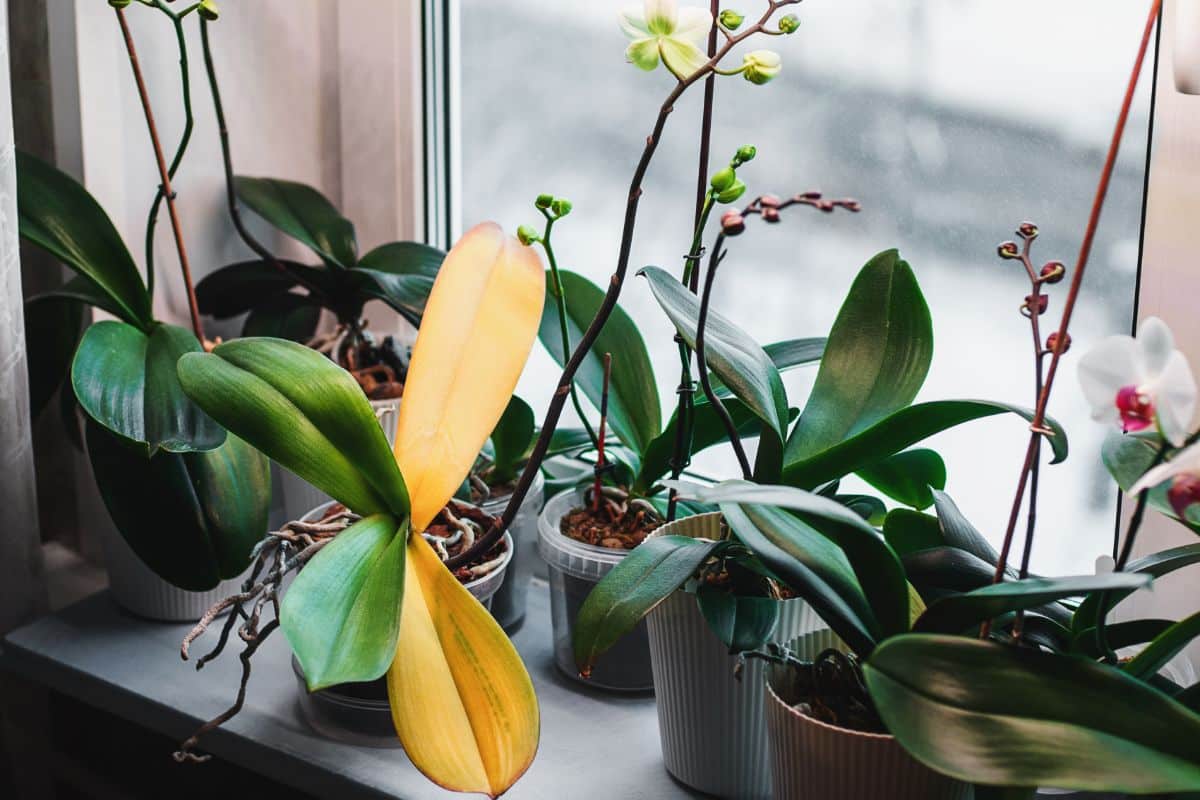
That depends!
Most orchids won’t rebloom on the same flower spike, but moth orchids are so hardy and vigorous that they will often flower on the same spike more than once. Individual phalaenopsis flowers can last several months before fading. But even after the flowers drop, you may still be able to get more blooms out of the initial flower spike.
After the orchid flowers fall, inspect your flower spike carefully for any signs of buds. If you see buds, don’t cut the spike because those buds will soon be flowers.
If the flower spike is still green but without visible buds, you can still usually coax moth orchids to rebloom on the same spike; however, repeat blooming can exhaust orchids over time, so you don’t want to over do it.
To get green flower spikes to reflower, find the nodes on the flower spike and then cut the spike down to about ½” above the second lowest node. If you’re new to pruning orchids, nodes are the bumpy sections on orchids spikes, and after pruning, nodes can often produce a side shoot that will flower in about 8 to 12 weeks. Just be sure to use a sharp, sterilized knife or pruners when making your cuts so you don’t accidentally introduce pathogens into your plant!
If your orchid plant has more than one flower spike, you can stagger the cuts on the flower spikes to produce flowers at different times. This can prolong your orchid plant’s blooms significantly and even result in year-round flowering!
While moth orchid spikes will often flower more than once, if the spike has begun to wither and turn brown or yellow, it’s best to remove the spike by cutting it down to 3” or less above the plant’s leaves. This will channel the orchid’s energy back into the plant and help support further growth and flower development.
Note: It’s also good practice to fertilize your orchids regularly with an organic orchid fertilizer or a liquid fertilizer diluted to ¼ strength. This will encourage reblooming and replenish the nutrients your plant needs.
5 steps to get phalaenopsis orchids to rebloom
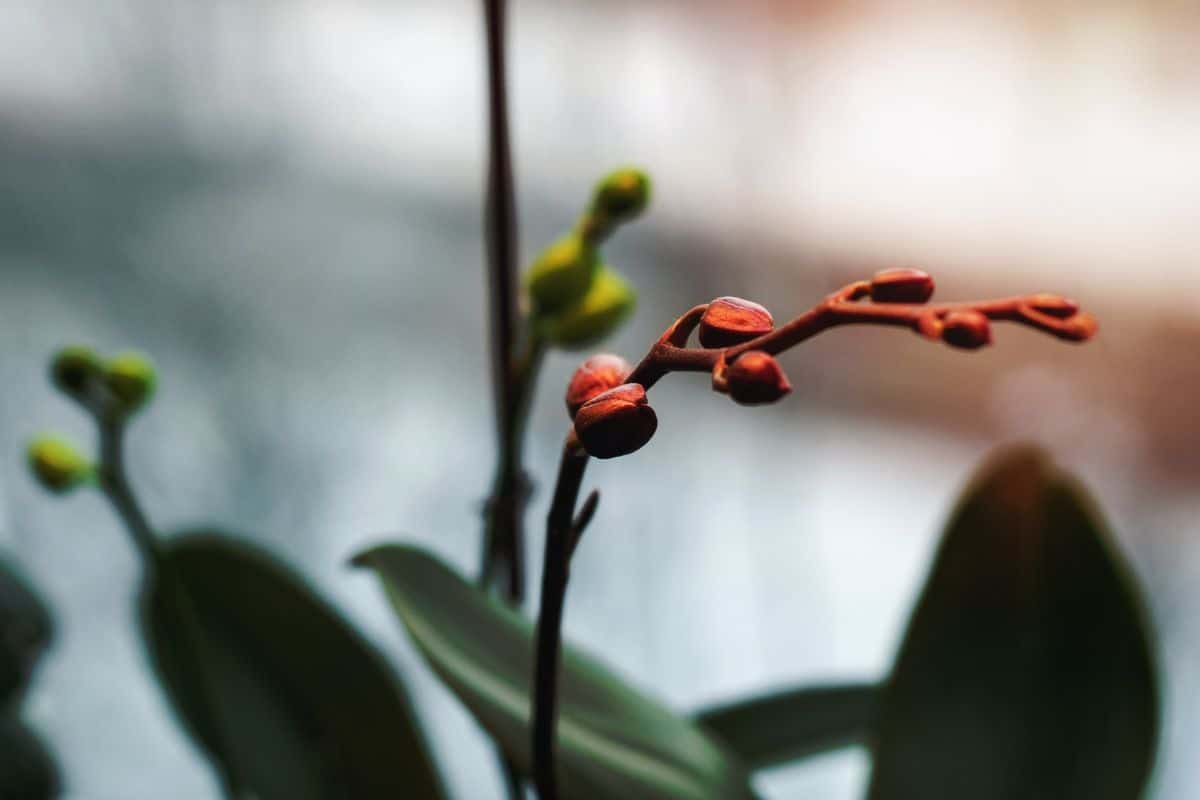
The easiest way to get phalaenopsis orchids to flower is to encourage the original flower spike to produce more buds. However, if the steps above don’t initiate blooming or your plant’s flower spike turns brown or yellow and begins to wither, there are other steps that you can take to get your orchid to reflower.
1. Remove the flower spike.
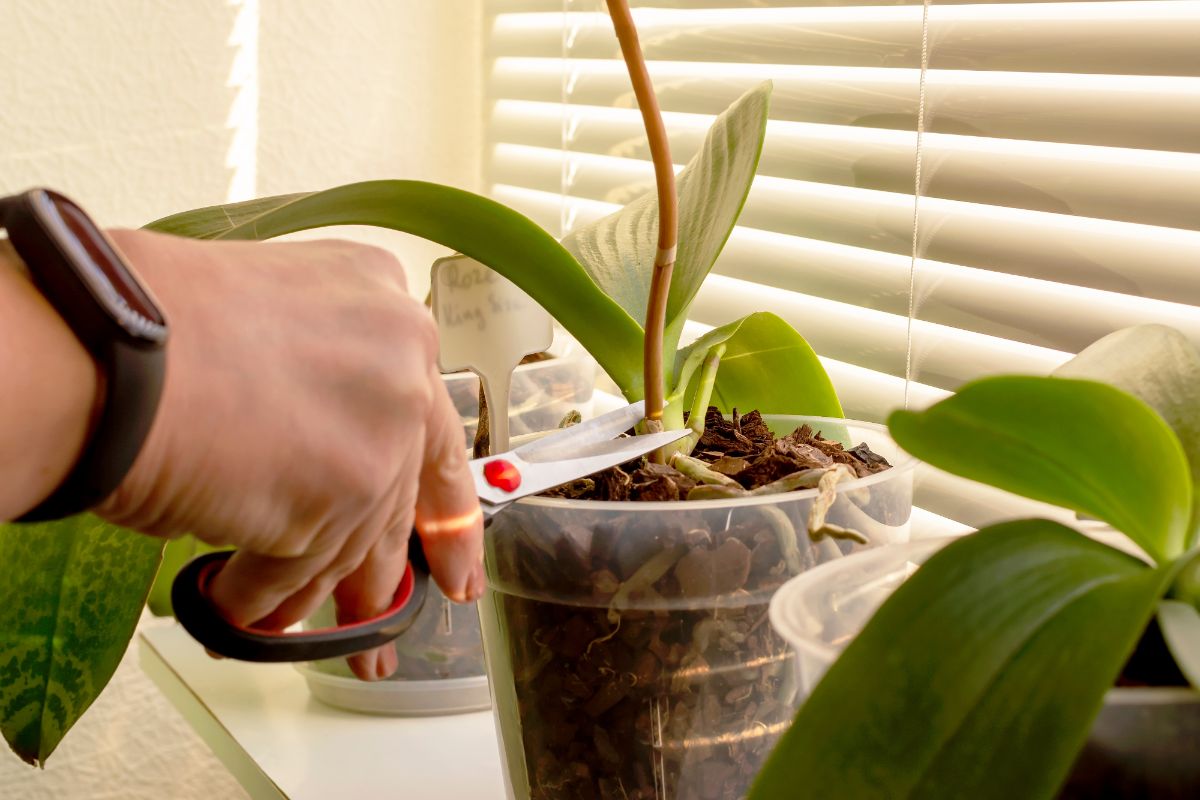
First, it’s important to cut away the old, withered flower spike so it doesn’t drain your plant’s energy. To do this, simply snip the flower spike off at the base of the plant using a sharp, sterilized knife or pair of scissors. When cutting the spike, nip it off 3” or less above the base of the plant and then compost the old, spent stem.
2. Maintain your orchid’s health.

While you may want to get more flowers out of your moth orchid right away, patience is key. Although moth orchids are some of the easiest orchids to coax into reblooming, flowering does take a lot out of orchid plants, so they will need a bit of time to recharge. But with proper care and a bit of know-how, you should be able to get your orchid to flower every 3 to 6 months.
After you remove the orchid’s flower spike, maintain the health of your plant by providing it with the proper balance of light, water, and fertilizer. This period of rest is very important for orchids, and plants are unlikely to flower without it. During this period, keep moth orchids in bright, indirect light and water them regularly, but don’t allow them to sit in soggy soil.
If you haven’t already done so, consider repotting your orchid in a potting mix that’s especially suited for orchids. These potting mixes are usually quite chunky, with pieces of bark mulch and other ingredients that improve soil drainage. As moth orchids naturally grow as epiphytes on trees, the growth medium you use is very important because these plants don’t like soggy soil, and they are likely to be too stressed to flower if they’re kept in water-logged conditions.
Phalaenopsis orchids also like higher-than-average humidity levels of between 40 and 70%. Adding a humidifier to your grow setup can regulate humidity levels around your plant and improve growth and leaf development. Alternatively, if you prefer a lower-tech option, you can also place a pebble tray beneath your plant, which will boost humidity levels without using any electricity.
Plants should also be maintained in a relatively warm environment of between 65 and 85° F to reduce plant stress and encourage reblooming.
3. Add fertilizer.
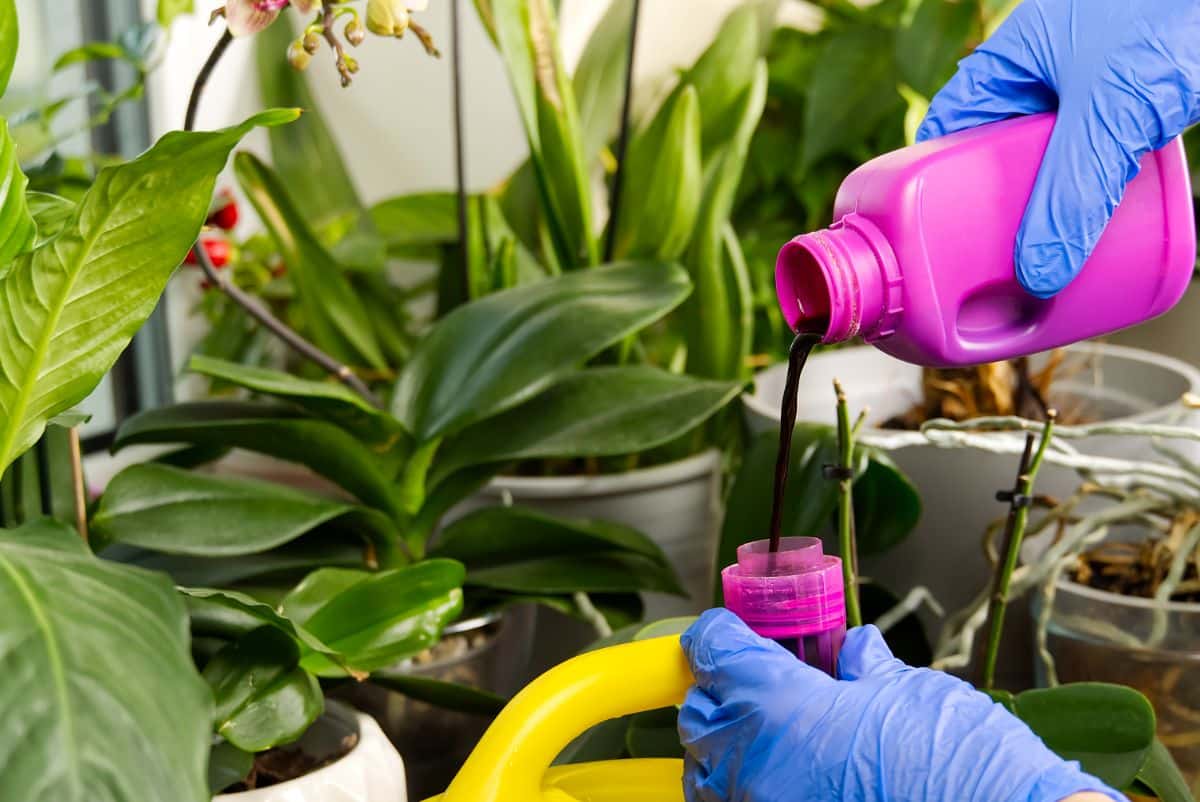
While your orchid is recharging, fertilize your plant regularly to give it the nutrients it needs to reflower. In general, orchids are not heavy feeders, but they will benefit from a monthly application of a liquid fertilizer diluted to ¼ strength. Fertilizers intended for orchids are usually the best choice, but if you have a houseplant fertilizer that you like to use, that will usually work too!
When fertilizing your orchid, be careful not to overdo it! Too much fertilizer can stress out your plant, limit blooming, or even scorch plant leaves.
4. Cool things down.
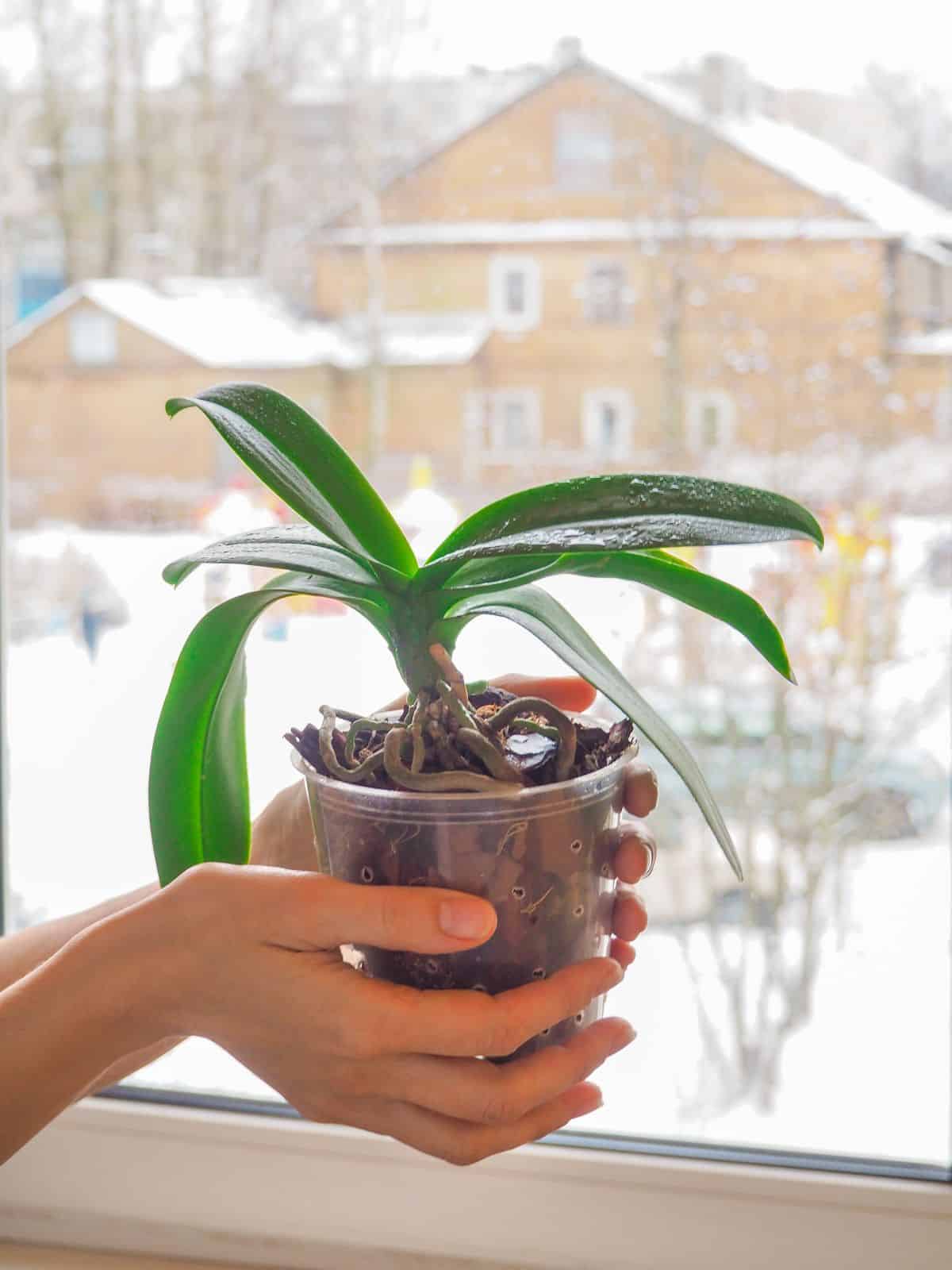
In the wild, phalaenopsis orchids only bloom once a year in spring or early summer, but you can often trick your plant into thinking a year has passed by adjusting the temperature around your plant.
After you trimmed the old orchid spike and allowed your plant to rest for a few months, you’ll begin to see new leaves emerging. When your plant has produced a fully formed new leaf, it’s time to switch things up and cool down your plant to trigger a new bloom.
Move your orchid to an area of your home that is a bit cooler with nighttime temperatures, ideally between 55 and 65°F. Depending on the time of the year and where you live, you may be able to place your orchid outside where temperatures are cooler; however, don’t place your orchid outdoors if it’s very chilly out!
Alternatively, if you want to trigger blooming in winter and you live in a cold area, you can place your orchid near a cool window. If you go this route, just be careful that your orchids don’t get too cold. During this time, orchids should still receive plenty of bright, indirect light.
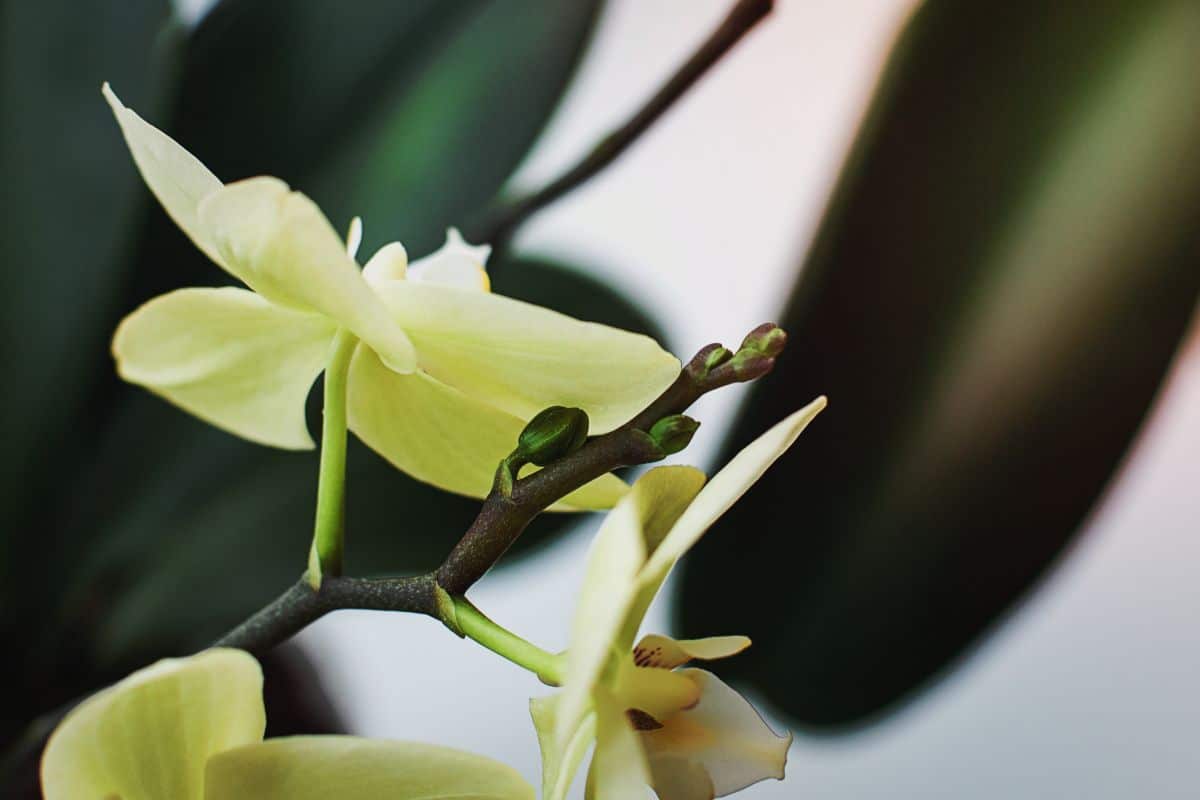
After about a month of cooler temperatures, you should see a new flower spike begin to sprout. At first, orchid flower spikes look a lot like their aerial roots, so you may need to do a closer inspection. Orchid roots have smooth ends, but emerging flower spikes have bumpy tip that looks a bit like a closed fist.
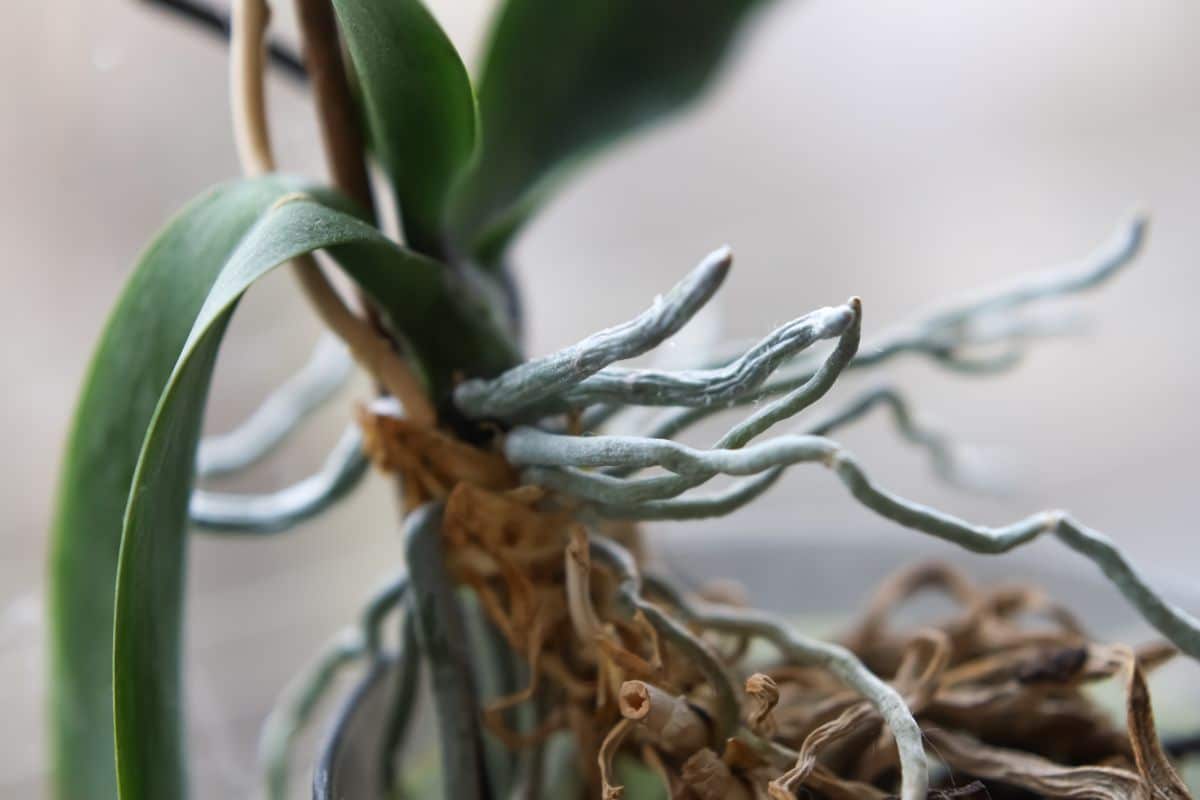
While this process often works to jumpstart blooming, if your orchid hasn’t started to produce a flower spike in about a month or two, give your plant a dose of fertilizer (if needed) or move it to a different location. Sometimes you’ll find that orchids will grow better in certain areas of your home!
5. Display your blooms!

Once your orchid has started to sprout a flower spike, move your plant back to a warmer location. Room temperature is usually just right for these plants. You can also increase the amount of fertilizer your plant receives by applying a weekly dose of a diluted liquid orchid fertilizer.
As orchid spikes develop, they will often need additional support with a small pole and clips. Begin supporting your flower spike when it’s about 5” tall, and add more clips, if necessary, as the spike grows.
When your orchid spike matures, it will produce a new cluster of blooms that should last for several months. Display your orchid in a prime location in your home and repeat this process after the flowers fade to produce even more orchid blooms!
Note: While these steps should work well for phalaenopsis orchids, different orchid species have different needs, and they may require different methods to encourage flowering.
Frequently asked questions

If orchid flower spikes still have buds, they can rebloom in as little as a week or two. However, if the original flower spike fades and you need to jumpstart blooming, it will usually take about 3 to 6 months for your orchid to flower. Left on their own, moth orchids bloom about once a year.
Moth orchids can rebloom on old flower spikes as long as those spikes remain green and firm. If the flower spikes begin to yellow or turn brown and withered, it’s time to nip off the spike so it doesn’t drain your plant of energy.
Yes. While some houseplants enter a state of dormancy after flowering and need less water, moth orchids should be cared for as usual, even when they’re not blooming. This means providing your plants with humidity, bright, indirect light, and regular watering.
Moth orchids usually flower in spring to early summer, and then their flowers begin to fade by late June to July. That said, moth orchids will often rebloom on their own later in the year, and you can encourage even more flowering by regulating the temperature around your plant.
If the flower spike of a moth orchid is green but doesn’t have any buds, cut the spike down about ½” above the lower two nodes. If the spike has begun to yellow or turn brown, cut the spike all the way down to 3” above the base of the plant or even lower.
Just because an orchid isn’t flowering doesn’t mean it should go in the trash. Moth orchids can bloom again and again with proper care, and they can live up to 15 years. However, if your plant has turned completely yellow or brown or feels mushy to the touch, it’s probably time to get a new orchid.
Summary
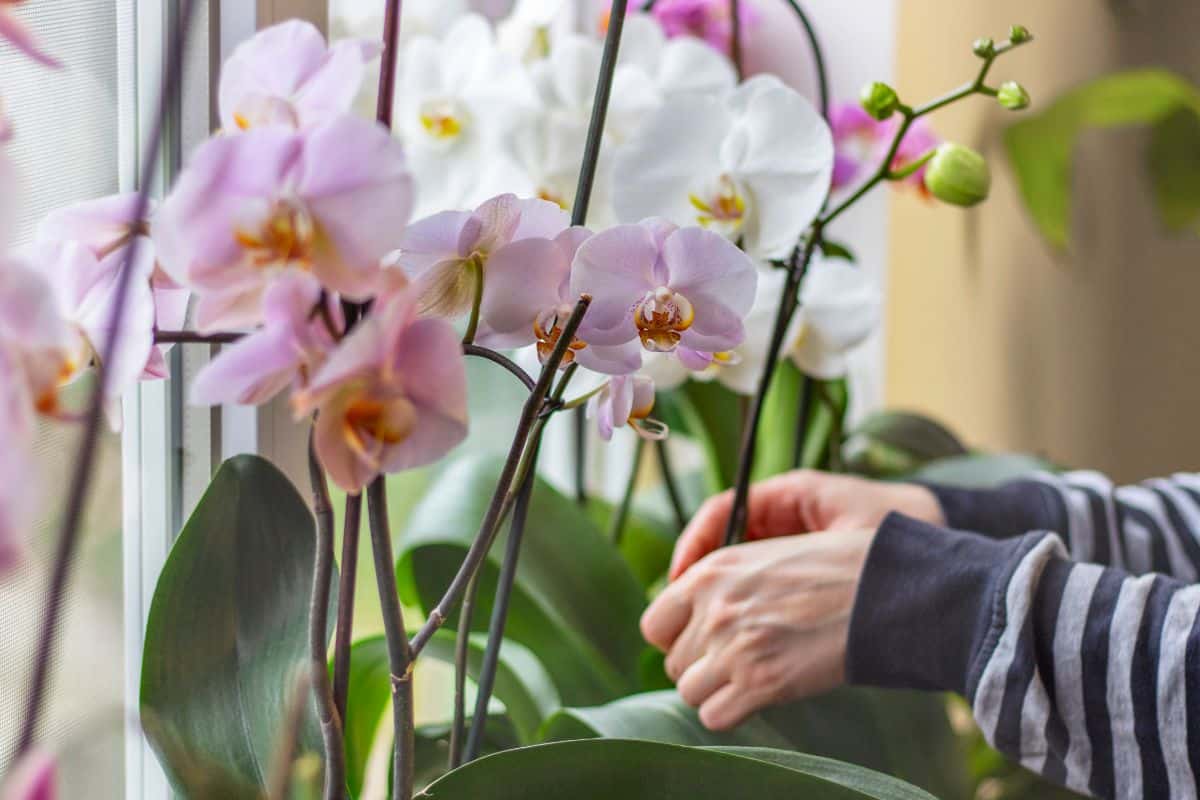
Phalaenopsis orchids have spectacular blooms that come in a myriad of colors. But when those flowers fade, there’s no reason to toss your plant in the trash. With proper care and a few orchid-growing tips in mind, you can encourage moth orchids to bloom again and again, providing year-round houseplant color and saving you money since you won’t need to buy more plants (unless you want to!)
We hope you liked this article on moth orchids! But if you’d like to learn more about other orchids to grow at home, check out our guide on the best easy-care orchids for beginners.

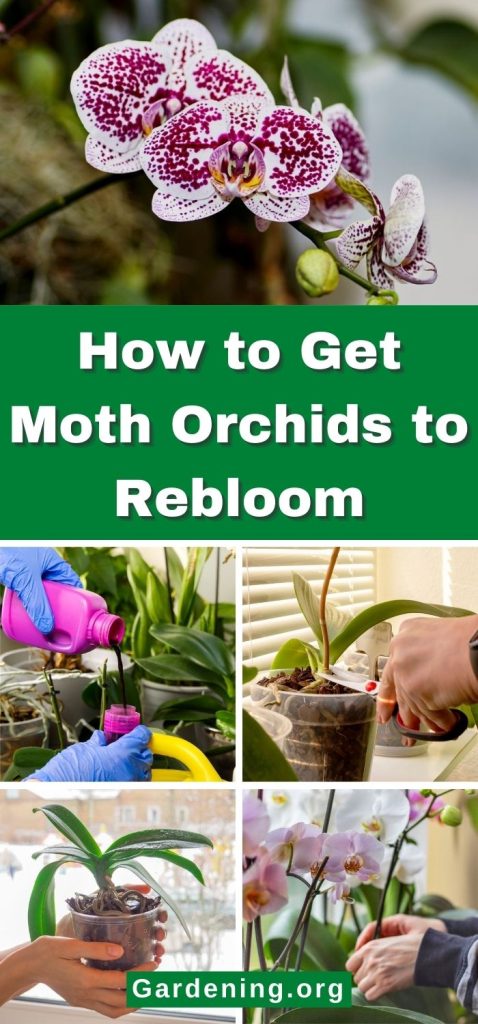
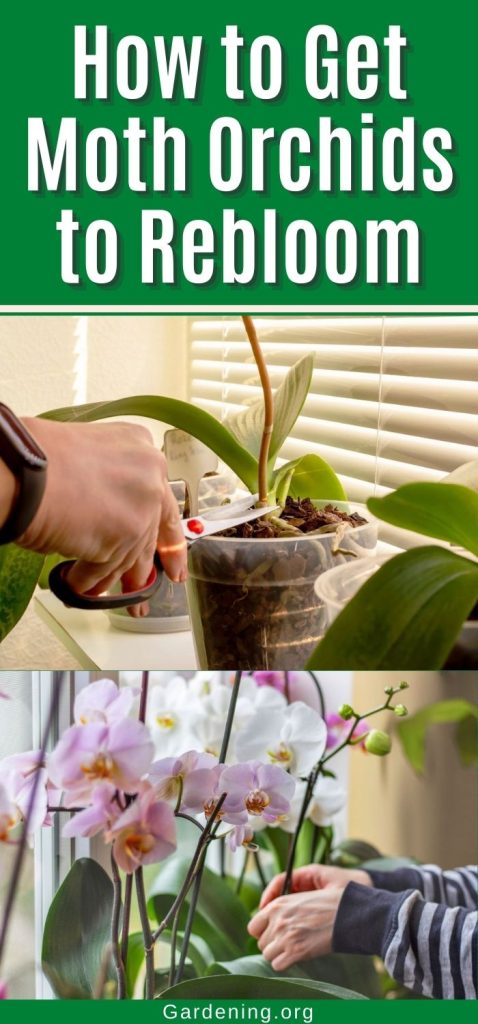
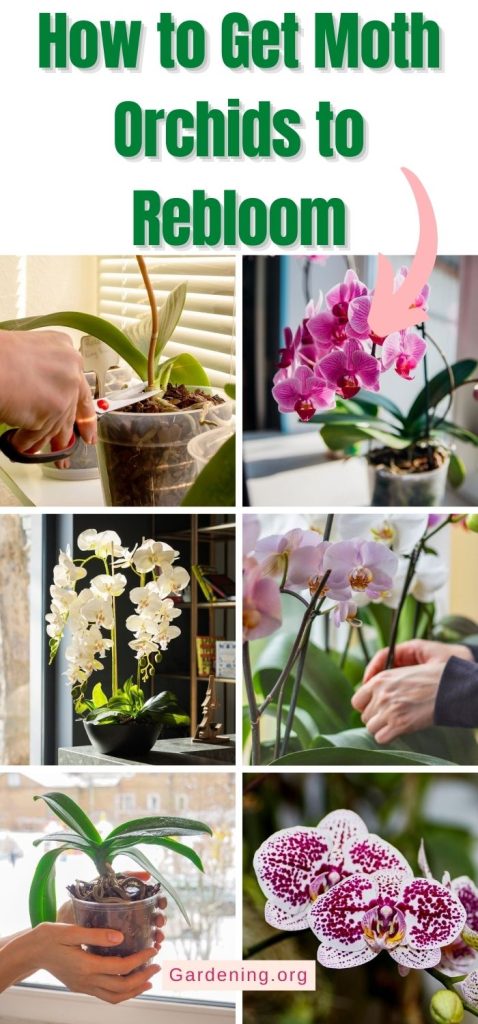
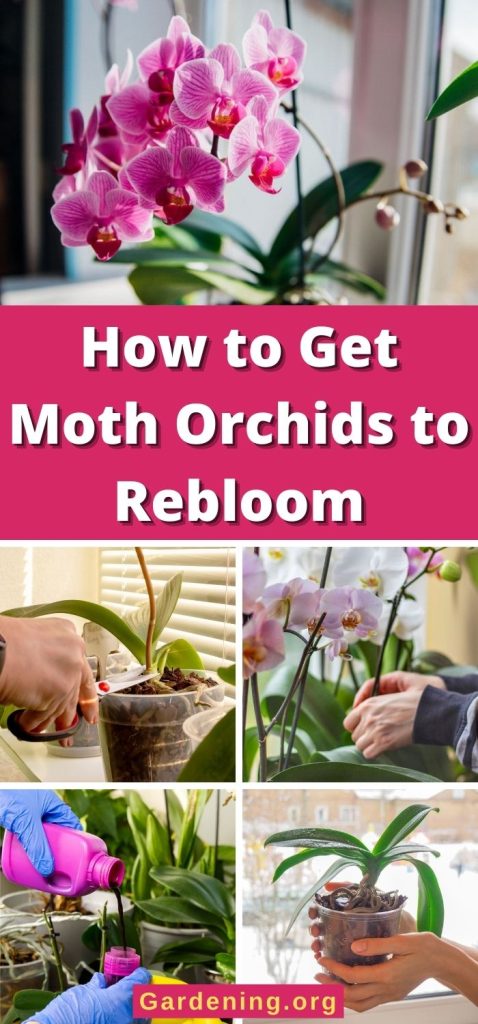

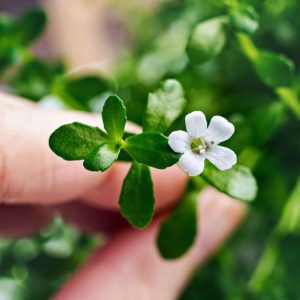
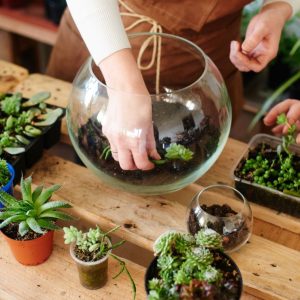
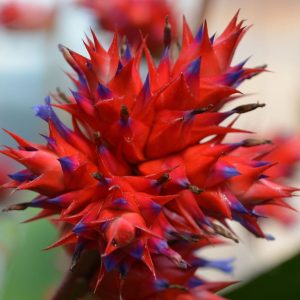
Leave a Reply